|
Description:
Comprehensive and fully up to date, the six-volume Plastic Surgery remains the gold standard text in this complex area of surgery. Completely revised to meet the demands of both the trainee and experienced surgeon, Principles, Volume 1 of Plastic Surgery, 5th Edition, features new, full-color clinical photos, procedural videos, lectures, and authoritative coverage of hot topics in the field. Editor-narrated video presentations offer a step-by-step audio-visual walkthrough of techniques and procedures.
|
- New chapters cover value-based healthcare, health services research in plastic surgery, education and teaching in plastic surgery, and gender-affirming surgery; coverage throughout includes new, pioneering translational work shaping the future of plastic surgery.
- New digital video preface by Dr. Peter C. Neligan addresses the changes across all six volumes.
- New treatment and decision-making algorithms added to chapters where applicable.
- New video lectures and editor-narrated slide presentations offer a step-by-step audiovisual walkthrough of techniques and procedures.
- Evidence-based advice from an expanded roster of international experts allows you to apply the very latest advances in plastic surgery and ensure optimal outcomes.
- Purchase this volume individually or own the entire set, with the ability to search across all six volumes online!
- An digital version is included with purchase. The digital allows you to access all of the text, figures and references, with the ability to search, customize your content, make notes and highlights, and have content read aloud.
|
|
Volume One: Principles
1 Plastic surgery and innovation in medicine
2 History of reconstructive and aesthetic surgery
3 Applying psychology to routine plastic surgery practice
4 The role of ethics in plastic surgery and medico-legal issues in plastic surgery
5 Business principles for plastic surgeons
6 Value-based healthcare
7 Digital photography in plastic surgery
8 Pre- and intra-operative imaging for plastic surgery
9 Patient safety in plastic surgery
10 Anesthesia and pain management in plastic surgery
11 Evidence-based medicine and health services research in plastic surgery
12 Patient-reported outcomes in plastic surgery
13 Health services research in plastic surgery
14 Principles of cancer management
15 Wound healing
16 Scar prevention, treatment, and revision
17 Skin grafting
18 Tissue engineering
19 Repair, grafting, and engineering of cartilage
20 Repair and grafting of bone
21 Repair and grafting of peripheral nerve
22 Repair and grafting fat and adipose tissue
23 Vascular territories
24 Flap physiology, classification, and applications
25 Principles and techniques of microvascular surgery
26 Tissue expansion and implants
27 Principles of radiation therapy
28 Lymphedema: pathophysiology and basic science
29 Benign and malignant nonmelanocytic tumors of the skin and soft tissue
30 Melanoma
31 Implants and biomaterials
32 Transplantation in plastic surgery
33 Technology innovation in plastic surgery: a practical guide for the surgeon innovator
34 Robotics in plastic surgery
35 Digital technology in plastic surgery
36 Aesthetic improvement through noninvasive technologies
37 Education and teaching in plastic surgery
38 Global plastic surgery
39 Gender-affirming surgery
Index
Volume Two: Aesthetic
1 Managing the aesthetic surgery patient
2 Principles of practice management and social media for cosmetic surgery
Section I: Aesthetic Anesthesia Techniques
3 Essential elements of patient safety in aesthetic plastic surgery
4 Pain management in plastic surgery
5 Anatomic blocks of the face and neck
6 Local anesthesia
Section II: Aesthetic Surgery of the Face
7 Non-surgical skin care and rejuvenation
8.1 Editors’ perspective: injectables and non-surgical resurfacing techniques
8.2 Injectables and resurfacing techniques: Soft-tissue fillers
8.3 Injectables and resurfacing techniques: Botulinum toxin/neurotoxins
8.4 Injectables and resurfacing techniques: Lasers in aesthetic surgery
8.5 Injectables and resurfacing techniques: Chemical peels
8.6 Minimally invasive multimodal facial rejuvenation
9.1 Editors’ perspective: surgical facial rejuvenation
9.2 Facial anatomy and aging
9.3 Principles and surgical approaches of facelift
9.4 Facelift: Facial rejuvenation with loop sutures: the MACS lift and its derivatives
9.5 Facelift: Platysma-SMAS plication
9.6 Facelift: Lateral SMASectomy facelift
9.7 Facelift: The extended SMAS technique in facial rejuvenation
9.8 High SMAS facelift: combined single flap lifting of the jawline, cheek, and midface
9.9 The lift-and-fill facelift
9.10 Neck rejuvenation
9.11 Male facelift
9.12 Secondary facelift irregularities and the secondary facelift
9.13 Perioral rejuvenation, including chin and genioplasty
9.14 Facial feminization
10 Editors’ perspective: brow and eye
11 Forehead rejuvenation
12 Endoscopic brow lift
13 Blepharoplasty
14 Secondary blepharoplasty
15 Asian facial cosmetic surgery
16 Facial fat grafting
17 Editors’ perspective: nose
18 Nasal analysis and anatomy
19 Open technique rhinoplasty
20 Closed technique rhinoplasty
21 Airway issues and the deviated nose
22 Secondary rhinoplasty
23 Otoplasty and ear reduction
24 Hair restoration
Section III: General Aesthetic Surgery
25.1 Editors’ perspective: liposuction
25.2 Liposuction: a comprehensive review of techniques and safety
25.3 Correction of liposuction deformities with the SAFE liposuction technique
26 Editors’ perspective: abdominal contouring
27 Abdominoplasty
28 Lipoabdominoplasty with anatomical definition: a new concept in abdominal aesthetic surgery
29 Editors’ perspective: truncal contouring
30 Bra-line back lift
31 Belt lipectomy
32 Circumferential approaches to truncal contouring in massive weight loss patients:
the lower lipo-bodylift
33 Circumferential approaches to truncal contouring: autologous buttocks
augmentation with purse-string gluteoplasty
34 Circumferential approaches to truncal contouring: lower bodylift with autologous
gluteal flaps for augmentation and preservation of gluteal contour
35.1 Editors’ perspective: buttock augmentations
35.2 Buttock augmentation with implants
35.3 Buttock shaping with fat grafting and liposuction
36 Upper limb contouring
37 Medial thigh
38 Post-bariatric reconstruction
39 Energy devices in aesthetic surgery
40 Aesthetic genital surgery
Volume Three: Craniofacial, Head and Neck Surgery and Pediatric Surgery
Part 1: Craniofacial, Head and Neck Surgery
1 Management of craniomaxillofacial fractures
2 Scalp and forehead reconstruction
3 Aesthetic nasal reconstruction
4 Auricular construction
5 Secondary treatment of acquired cranio-orbital deformities
6.1 Computerized surgical planning: introduction
6.2 Three-dimensional virtual planning in orthognathic surgery
6.3 Computerized surgical planning in head and neck reconstruction
7 Introduction to post-oncologic reconstruction
8 Overview of head and neck soft-tissue and bony tumors
9 Post-oncologic midface reconstruction: the Memorial Sloan-Kettering Cancer Center and
MD Anderson Cancer Center approaches
10 Local flaps for facial coverage
11 Lip reconstruction
12 Oral cavity, tongue, and mandibular reconstructions
13 Hypopharyngeal, esophageal, and neck reconstruction
14 Secondary facial reconstruction
15 Facial paralysis
16 Surgical management of facial pain, including migraines
17 Facial feminization
Part 2: Pediatric Surgery
18 Embryology of the craniofacial complex
Section I: Clefts
19.1 Unilateral cleft lip: introduction
19.2 Rotation advancement cheiloplasty
19.3 Extended Mohler repair
19.4 Anatomic subunit approximation approach to unilateral cleft lip repair
20 Repair of bilateral cleft lip
21.1 Cleft palate: introduction
21.2 Straight line repair with intravelar veloplasty (IVVP)
21.3 Double opposing Z-palatoplasty
21.4 Buccal myomucosal flap palate repair
21.5 The buccal fat pad flap
21.6 Oral fistula closure
21.7 Alveolar clefts
21.8 Orthodontics in cleft lip and palate management
21.9 Velopharyngeal dysfunction
21.10 Secondary deformities of the cleft lip, nose, and palate
21.11 Cleft and craniofacial orthognathic surgery
Section II: Craniofacial
22 Pediatric facial fractures
23 Orbital hypertelorism
24 Craniofacial clefts
25.1 Craniosynostosis: introduction
25.2 Nonsyndromic craniosynostosis
25.3 Multisutural syndromic synostosis
25.4 Neurosurgical and developmental issues in craniosynostosis
26 Craniofacial microsomia
27 Idiopathic progressive hemifacial atrophy
28 Robin sequence
29 Treacher Collins syndrome
Section III: Pediatrics
30 Congenital melanocytic nevi
31 Vascular anomalies
32 Pediatric chest and trunk deformities
33 Pediatric tumors
34 Conjoined twins
Index
Volume Four: Lower Extremity, Trunk and Burns
1 Comprehensive lower extremity anatomy
2 Management of lower extremity trauma
Section I: Lower Extremity Surgery
3.1 Lymphedema: introduction and editors’ perspective
3.2 Imaging modalities for diagnosis and treatment of lymphedema
3.3 Lymphaticovenular bypass
3.4 Vascularized lymph node transplant
3.5 Debulking strategies and procedures: liposuction of leg lymphedema
3.6 Debulking strategies and procedures: excision
4 Lower extremity sarcoma reconstruction
5 Reconstructive surgery: lower extremity coverage
6.1 Diagnosis, treatment, and prevention of lower extremity pain
6.2 Targeted muscle reinnervation in the lower extremity
6.3 Lower extremity pain: regenerative peripheral nerve interfaces
7 Skeletal reconstruction
8 Foot reconstruction
9.1 Diabetic foot: introduction
9.2 Diabetic foot: management of wounds and considerations in biomechanics and amputations
9.3 Diabetic foot: management of vascularity and considerations in soft-tissue reconstruction
Section II: Trunk, Perineum, and Transgender
10 Trunk anatomy
11 Reconstruction of the chest
12 Reconstruction of the posterior trunk
13 Abdominal wall reconstruction
14.1 Gender confirmation surgery: diagnosis and management
14.2 Gender confirmation surgery, male to female: vaginoplasty
14.3 Gender affirmation surgery, female to male: phalloplasty; and correction of male genital defects
14.4 Breast, chest wall, and facial considerations in gender affirmation
15 Reconstruction of acquired vaginal defects
16 Pressure sores
17 Perineal reconstruction
Section III: Burn Surgery
18 Burn, chemical, and electrical injuries
19 Extremity burn reconstruction
20 Management of the burned face and neck
21 Pediatric burns
Index
Volume Five: Breast
Section I: Aesthetic Breast Surgery
1 Preoperative assessment and planning of the aesthetic breast patient
2 Current status of breast implants
3 Primary breast augmentation with implants
4 Autologous fat transfer: fundamental principles and application for breast augmentation
5 Augmentation mastopexy
6 Mastopexy after massive weight loss
7 Prevention and management of complications following breast augmentation and mastopexy
8 Short scar breast reduction
9 Reduction mammaplasty with inverted-T techniques
10 Breast implant illness: diagnosis and management
11 Breast implant-associated anaplastic large cell lymphoma (BIA-ALCL): diagnosis and management
12 A critical analysis of irrigation solutions in breast surgery
13 Imaging and surveillance in patients with breast implants
14 Breast implant explantation: indications and strategies to optimize aesthetic outcomes 15 Management strategies for gynecomastia
16 Management options for gender affirmation surgery of the breast
Section II: Reconstructive Breast Surgery
17 Preoperative evaluation and planning for breast reconstruction following mastectomy
18 Perfusion assessment techniques following mastectomy and reconstruction
19 Introduction to prosthetic breast reconstruction
20 One- and two-stage prepectoral reconstruction with prosthetic devices
21 One-stage dual-plane reconstruction with prosthetic devices
22 Two-stage dual-plane reconstruction with prosthetic devices
23 Two-stage prosthetic reconstruction with total muscle coverage
24 Skin reduction using “smile mastopexy” technique in breast reconstruction
25 Management of complications of prosthetic breast reconstruction
26 Secondary refinement procedures following prosthetic breast reconstruction
27 Introduction to autologous breast reconstruction with abdominal free flaps
28 Breast reconstruction with the pedicle TRAM flap
29 Breast reconstruction with the latissimus dorsi flap
30 Autologous breast reconstruction with the DIEP flap
31 Autologous breast reconstruction with the free TRAM flap
32 Autologous breast reconstruction with the superficial inferior epigastric artery
(SIEA) flap
33 Introduction to autologous reconstruction with alternative free flaps
34 Gluteal free flaps for breast reconstruction
35 Autologous breast reconstruction with medial thigh flaps
36 Autologous breast reconstruction with the profunda artery perforator (PAP) flap
37 Autologous reconstruction with the lumbar artery perforator (LAP) free flap
38 Hybrid breast reconstruction: combining flaps and implants
39 Innervation of autologous flaps
40 Stacked and conjoined flaps
41 Management of complications following autologous breast reconstruction
42 Enhanced recovery after surgery (ERAS) protocols in breast surgery: techniques and
outcomes
43 Secondary procedures following autologous reconstruction
44 Introduction to oncoplastic breast surgery
45 Partial breast reconstruction using reduction and mastopexy techniques
46 Oncoplastic breast reconstruction: local flap techniques
47 Surgical and non-surgical management of breast cancer-related lymphedema
48 Breast reconstruction and radiotherapy: indications, techniques, and outcomes
49 Robotic-assisted autologous breast reconstruction
50 Total breast reconstruction by external vacuum expansion (EVE) and autologous
fat transfer (AFT)
51 Current options for nipple reconstruction
Index
Volume Six: Hand and Upper Extremity
Introduction: Plastic surgery contributions to hand surgery
Section I: Principles of Hand Surgery
1 Anatomy and biomechanics of the hand
2 Examination of the upper extremity
3 Diagnostic imaging of the hand and wrist
4 Anesthesia for upper extremity surgery
5 Principles of internal fixation
Section II: Trauma Reconstruction
6 Nail and fingertip reconstruction
7 Hand fractures and joint injuries
8 Fractures and dislocations of the wrist and distal radius
9 Flexor tendon injuries and reconstruction
10 Extensor tendon injuries
11 Replantation
12 Reconstructive surgery of the mutilated hand
13 Thumb reconstruction: Non-microsurgical techniques
14 Thumb reconstruction: Microsurgical techniques
Section III: Specific Disorders
15 Infections of the hand
16 Tumors of the hand
17 Dupuytren’s disease
18 Osteoarthritis in the hand and wrist
19 Rheumatologic conditions of the hand and wrist
20 Occupational disorders of the hand
Section IV: Nerve Disorders
21 Nerve entrapment syndromes
22 Peripheral nerve repair and reconstruction
23 Brachial plexus injuries: adult and pediatric
24 Tetraplegia
25 Tendon transfers
26 Nerve transfers
27 Free-functioning muscle transfer
Section V: Challenging Disorders
28 The ischemic hand
29 The spastic hand
30 The stiff hand
31 The painful hand
Section VI: Congenital Disorders
32 Congenital hand I: Embryology, classification, and principles
33 Congenital hand II: Malformations – whole limb
34 Congenital hand III: Malformations – abnormal axis differentiation – hand plate:
proximodistal and radioulnar
35 Congenital hand IV: Malformations – abnormal axis differentiation – hand plate:
unspecified axis
36 Congenital hand V: Deformations and dysplasias – variant growth
37 Congenital hand VI: Dysplasias – tumorous conditions
38 Congenital hand VII: Dysplasias – congenital contractures
39 Growth considerations in the pediatric upper extremity
Section VII: New Directions
40 Treatment of the upper extremity amputee
41 Upper extremity composite allotransplantation
42 Aesthetic hand surgery
43 Hand therapy
Index
|
|
|
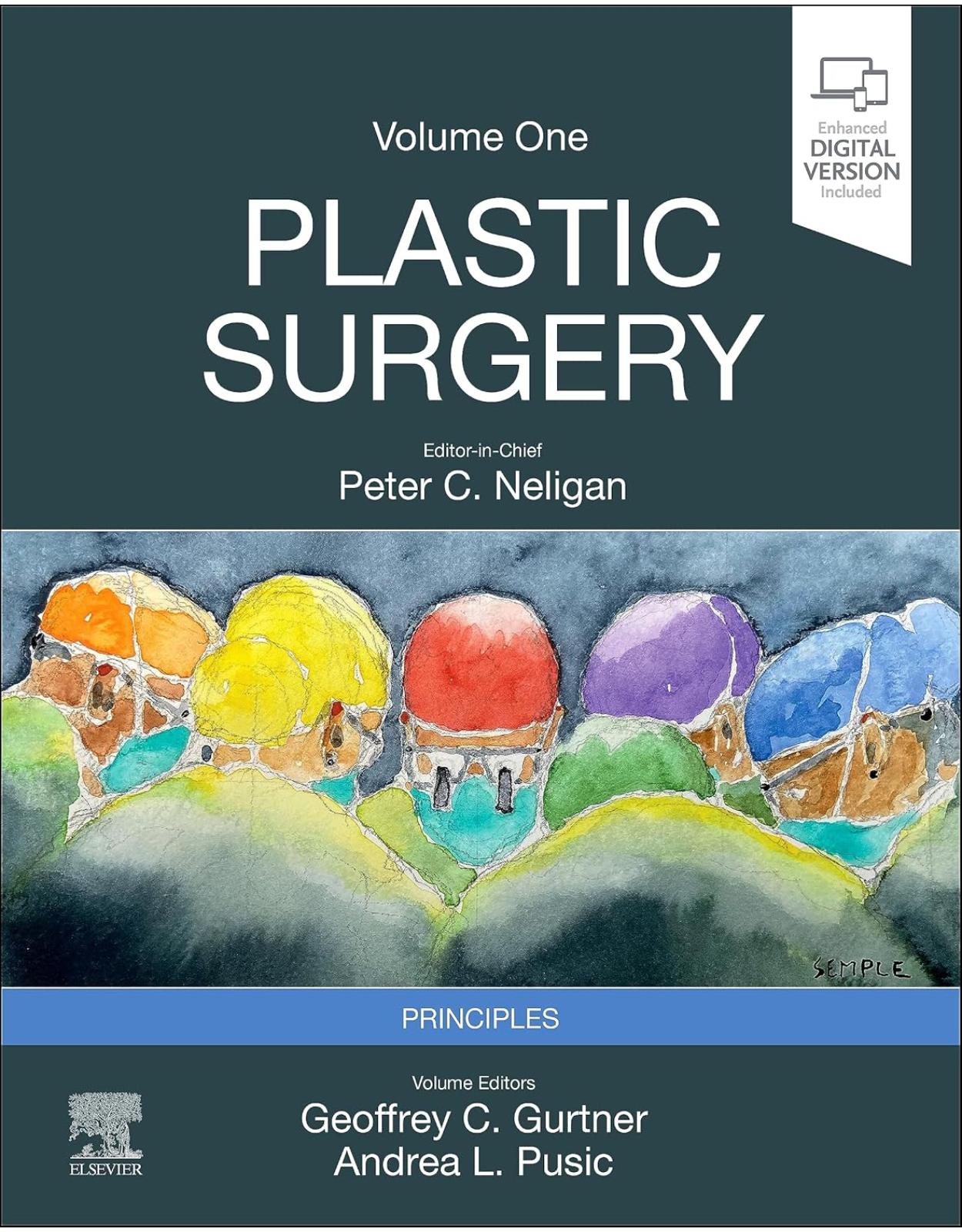

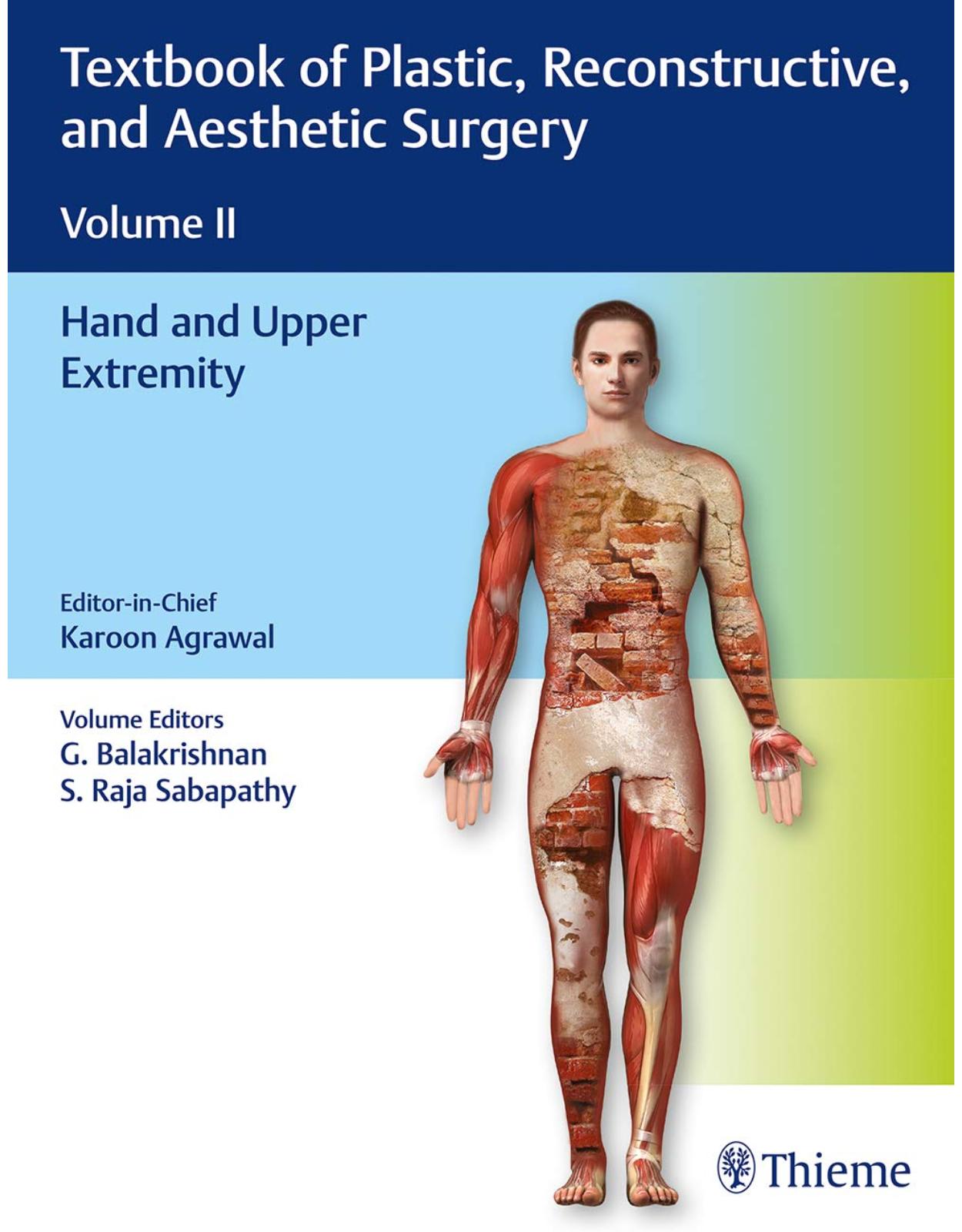
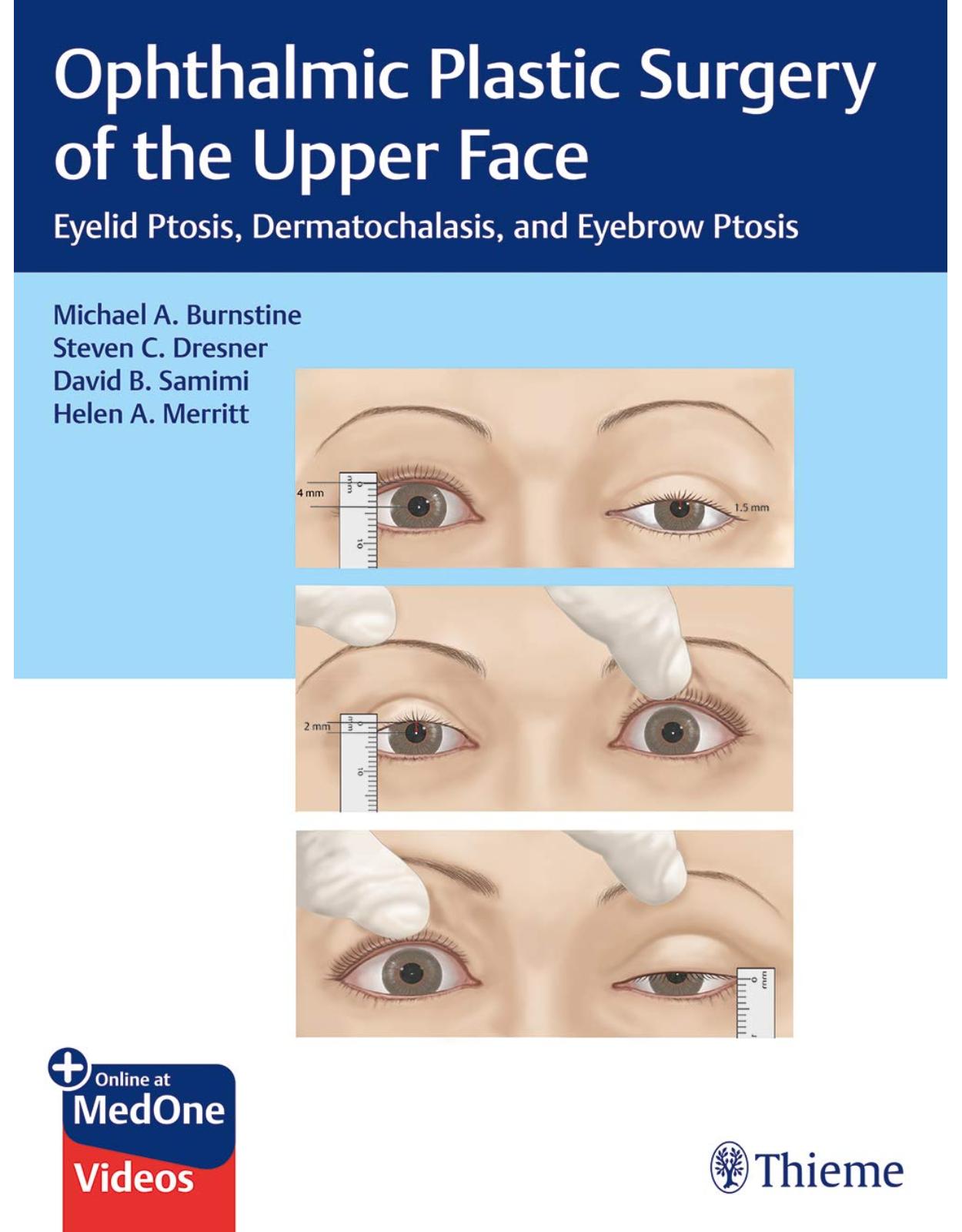
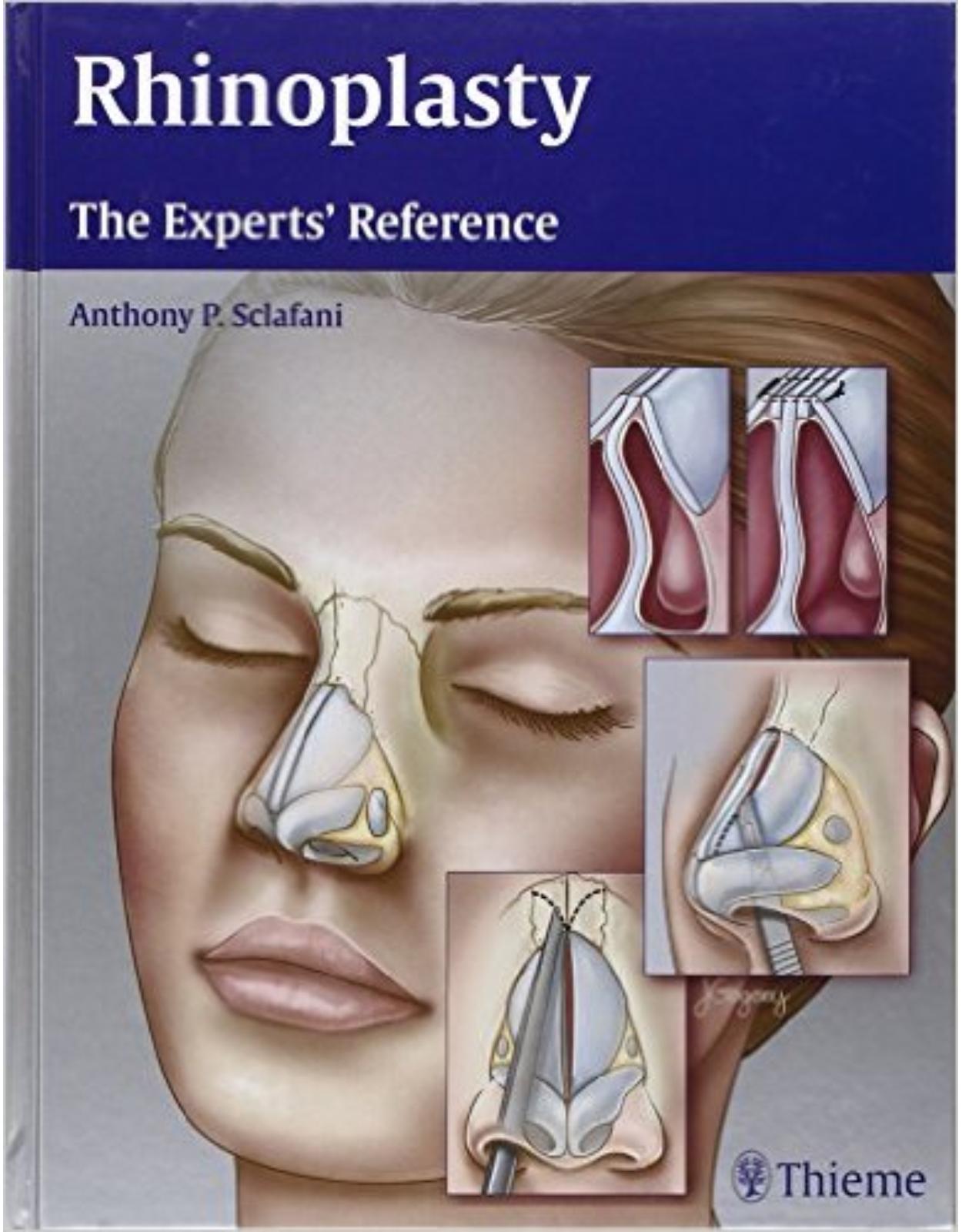
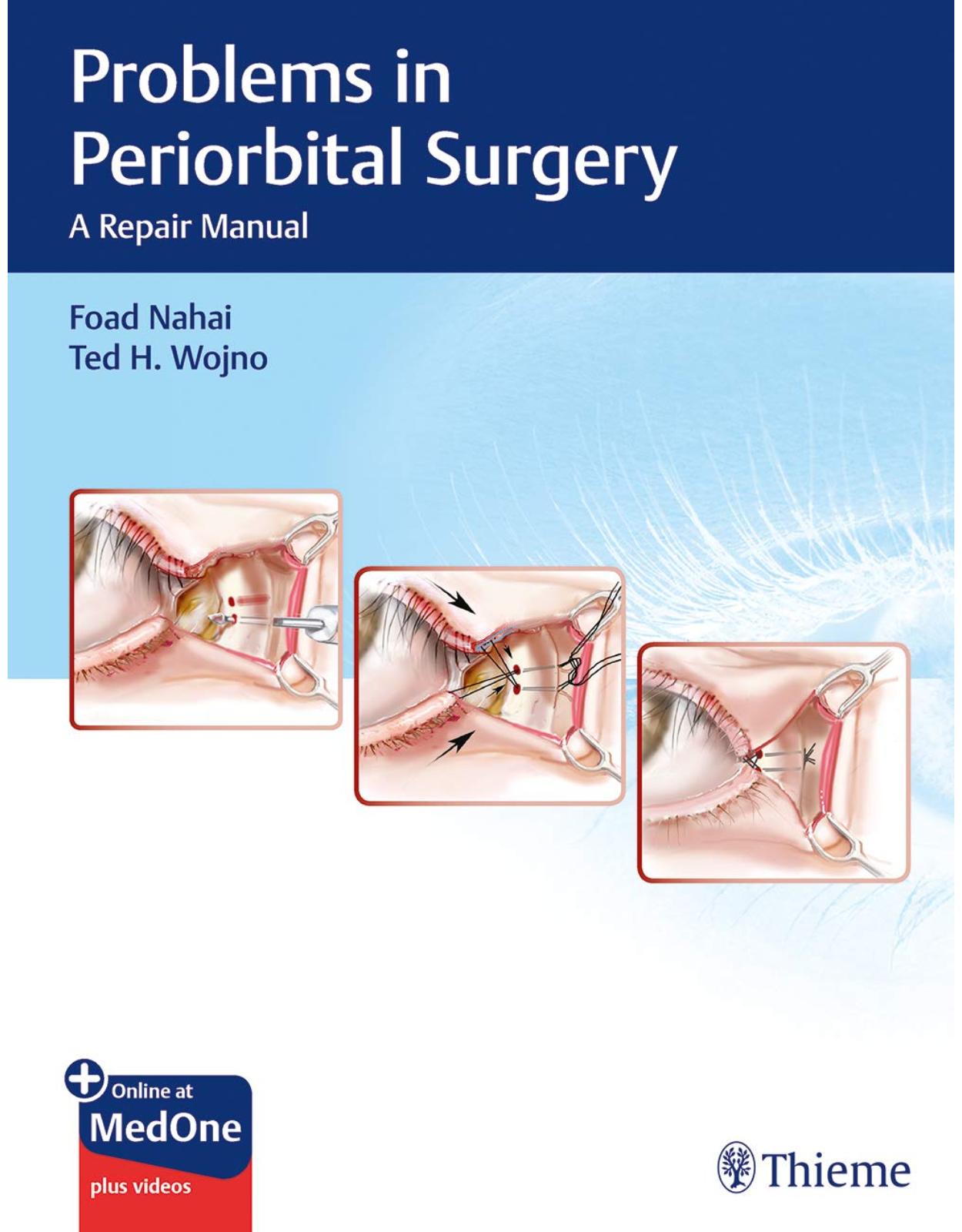

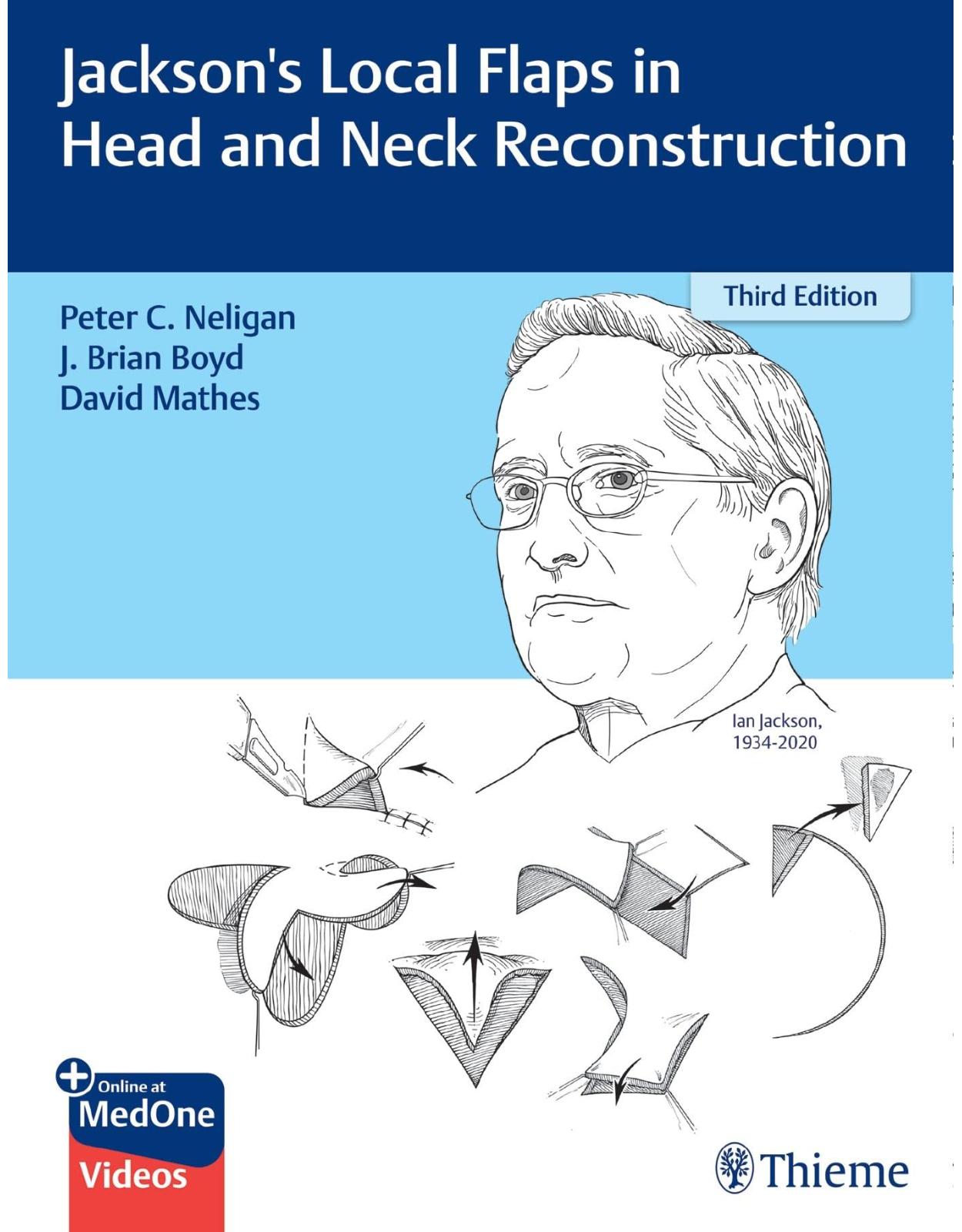
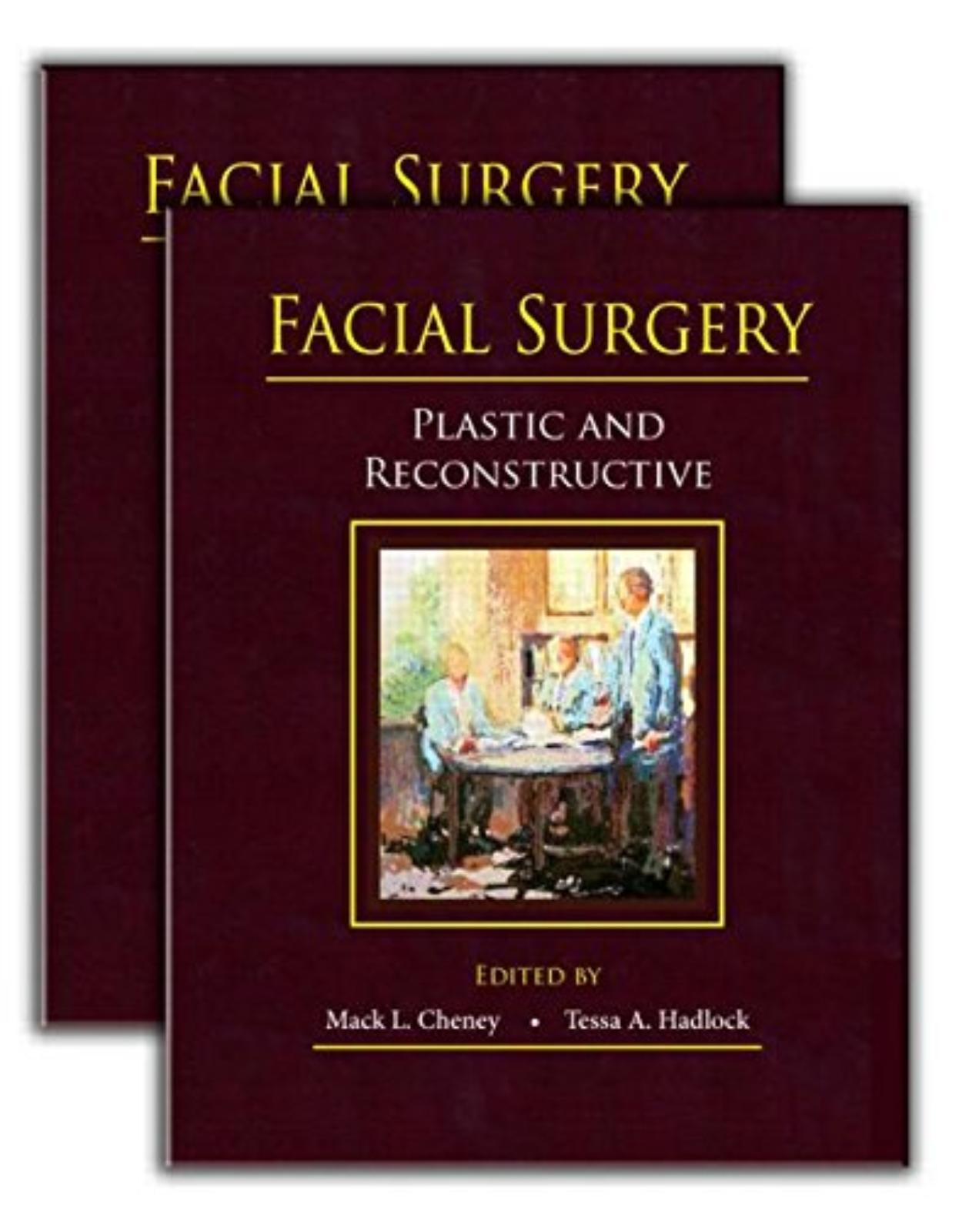
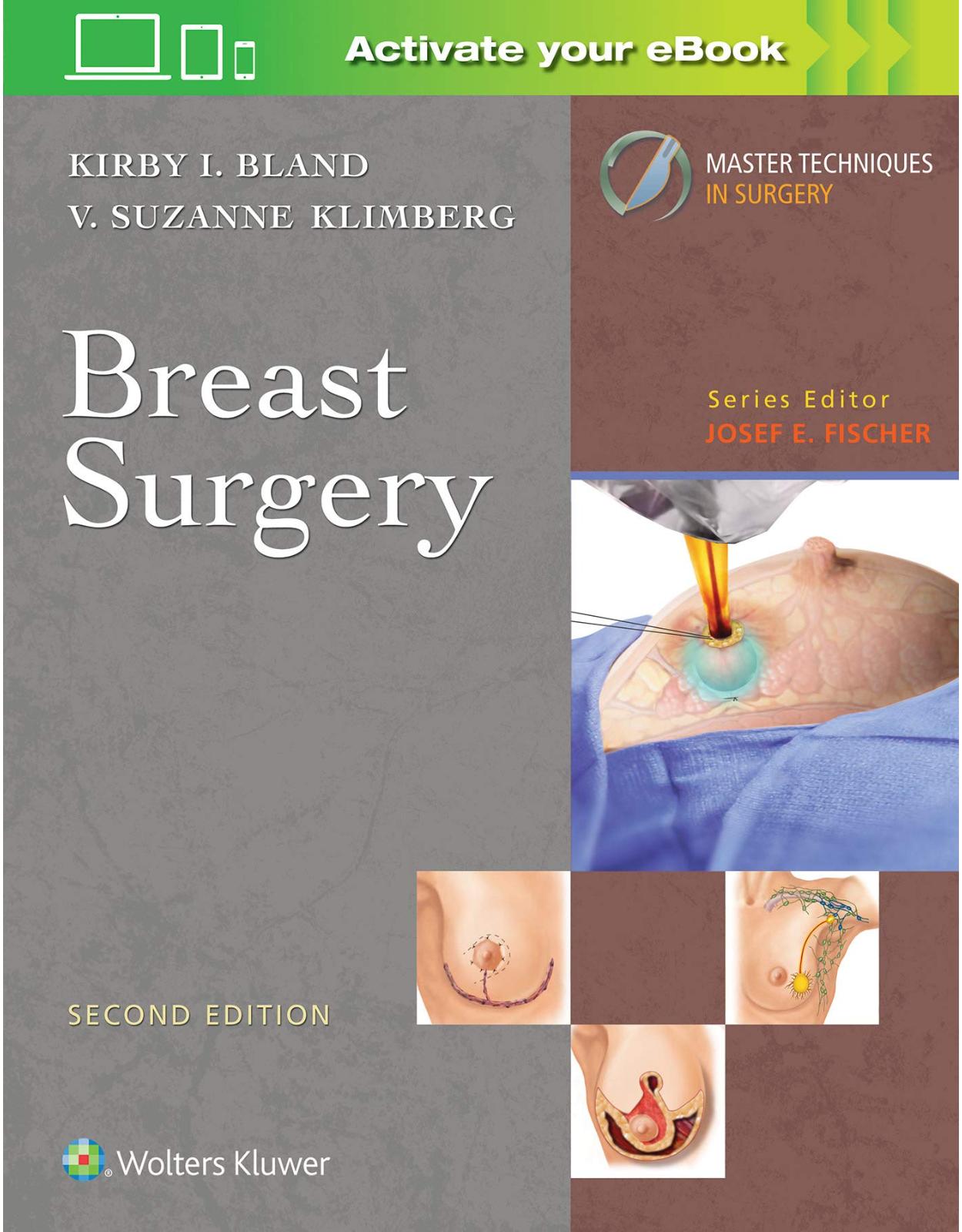
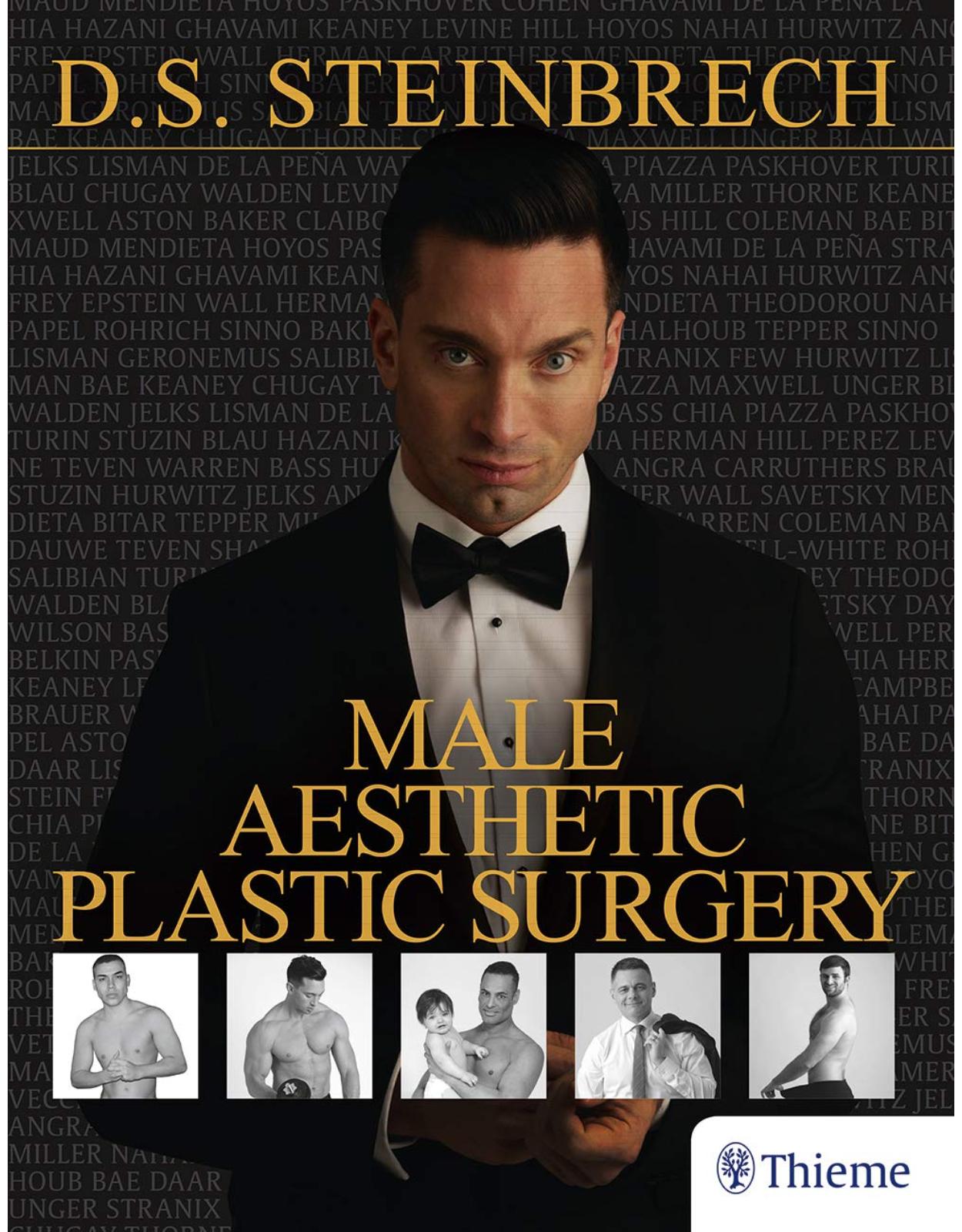
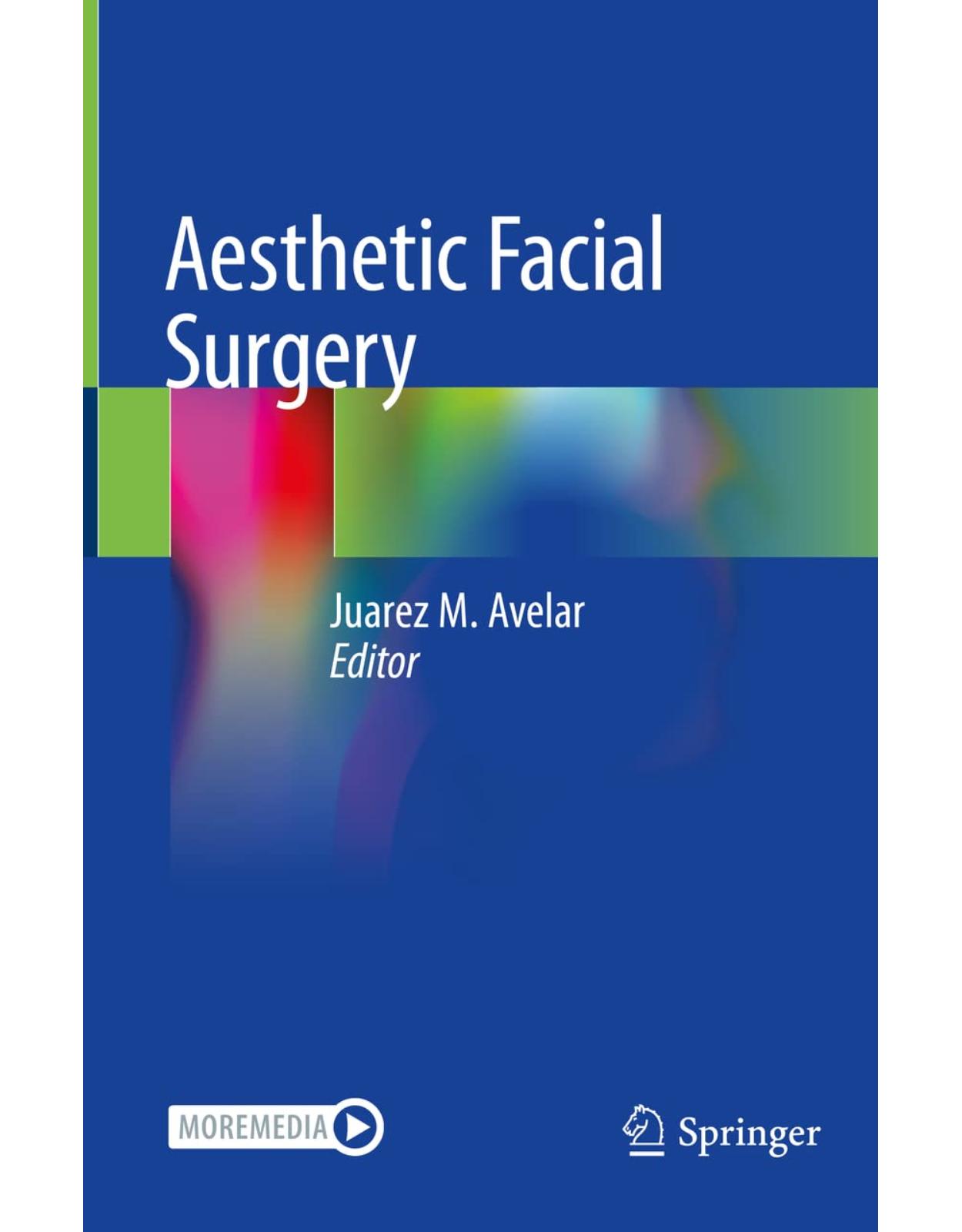

Clientii ebookshop.ro nu au adaugat inca opinii pentru acest produs. Fii primul care adauga o parere, folosind formularul de mai jos.